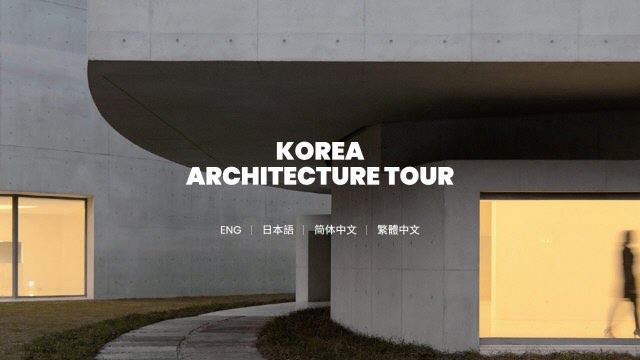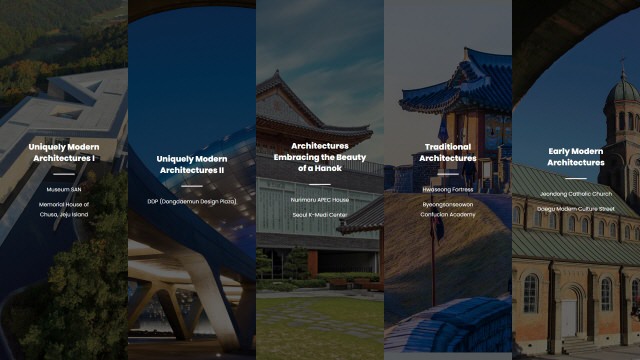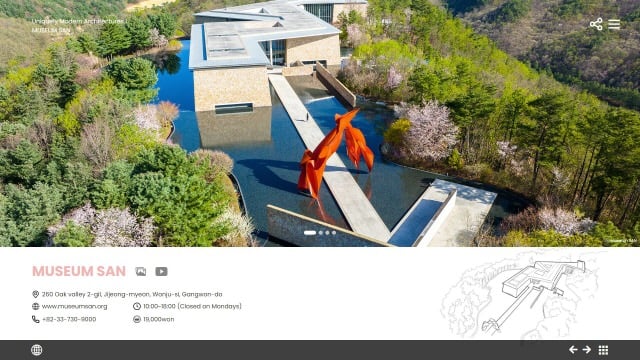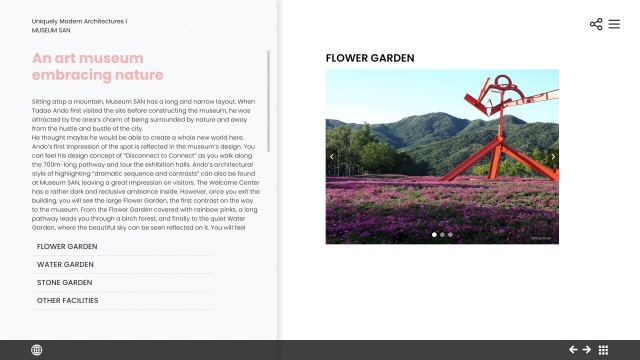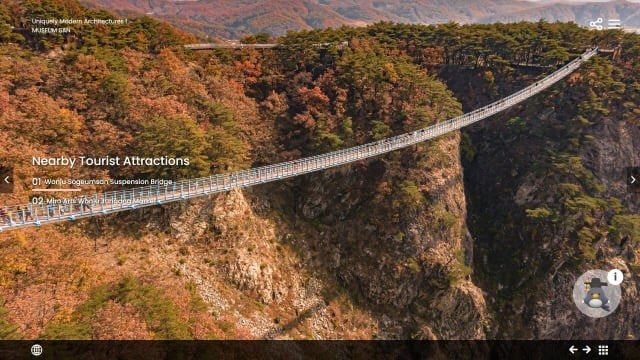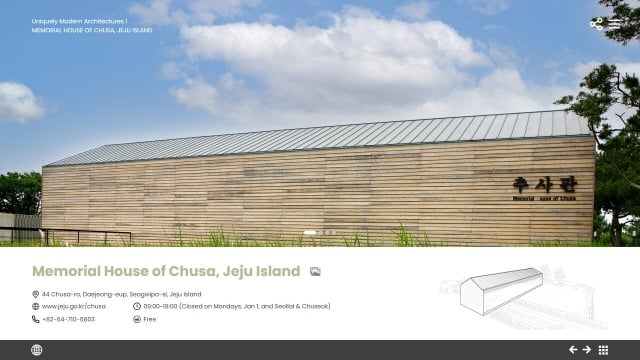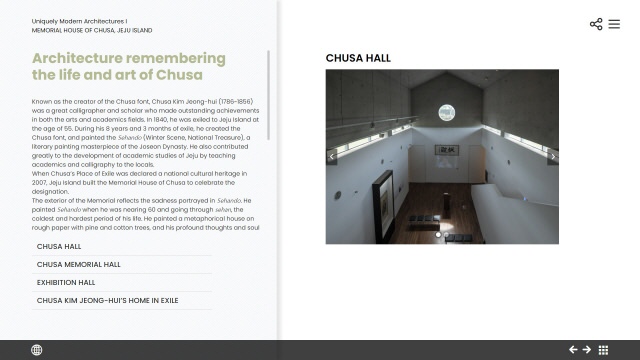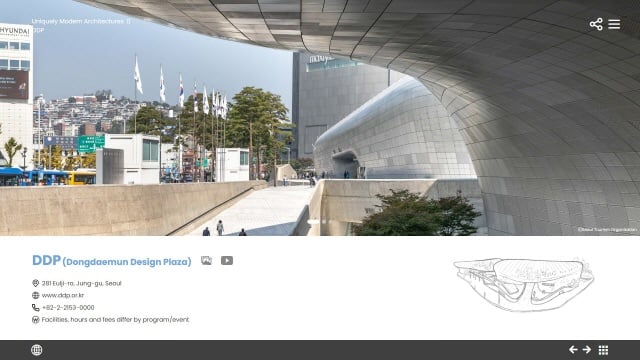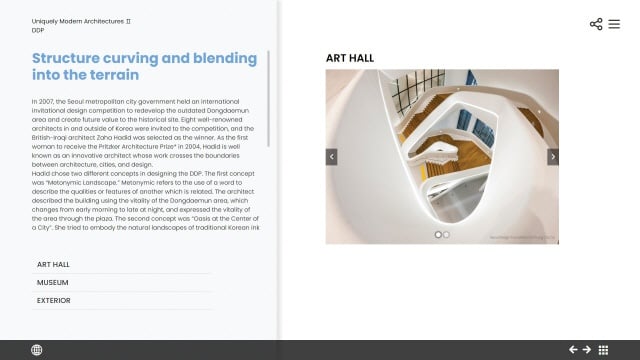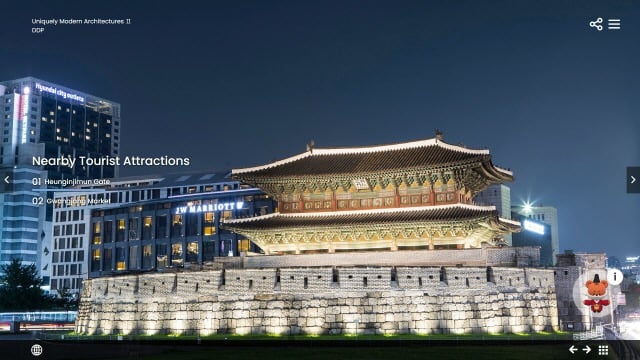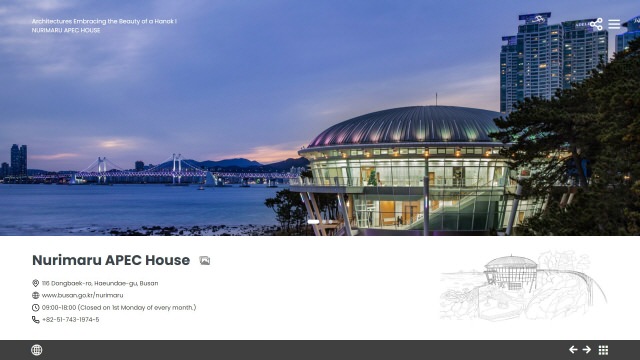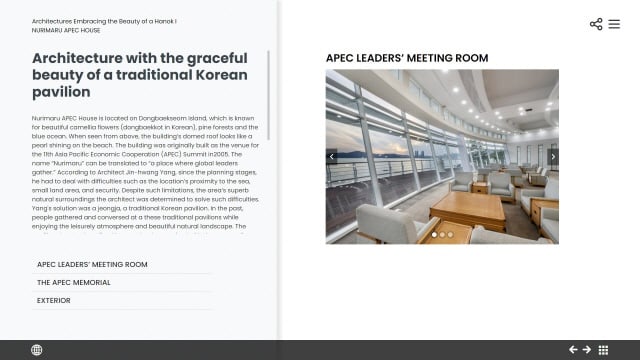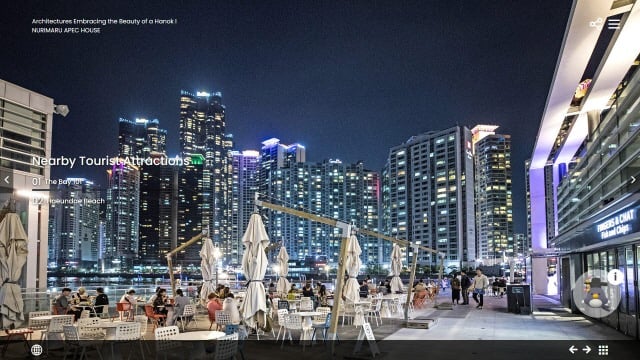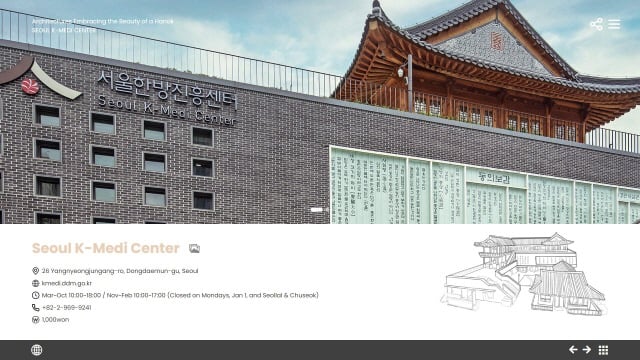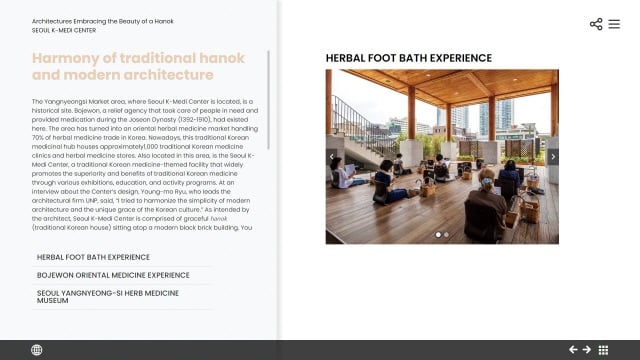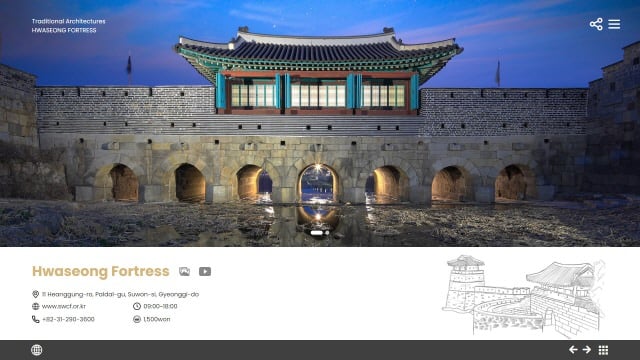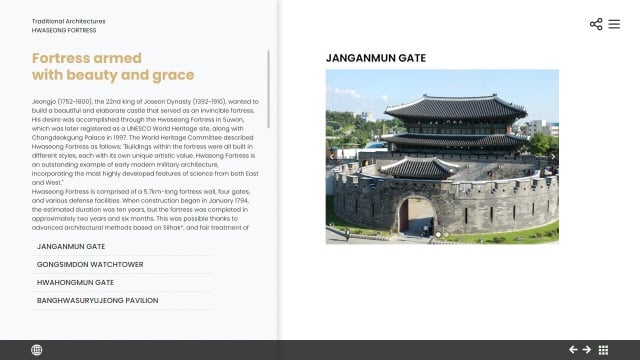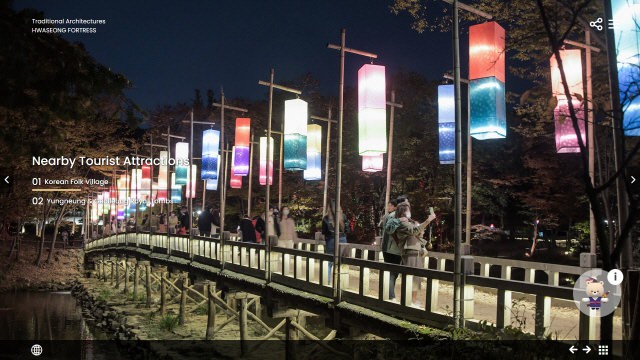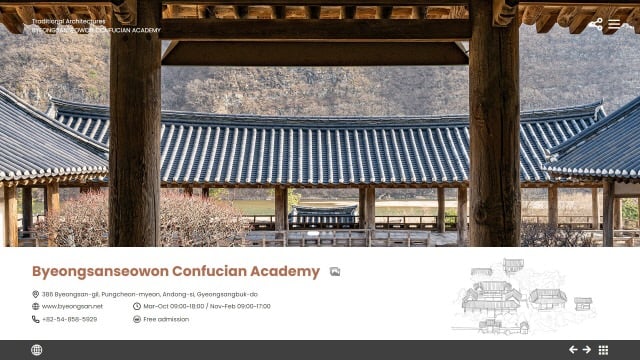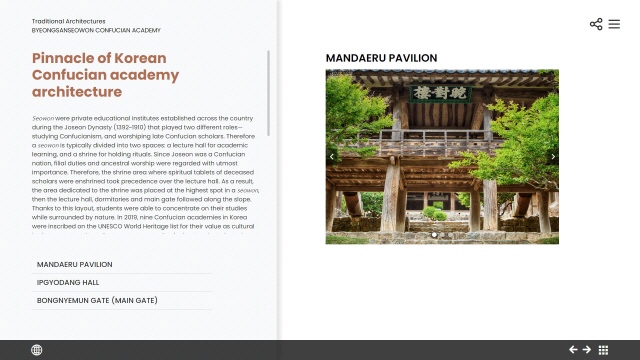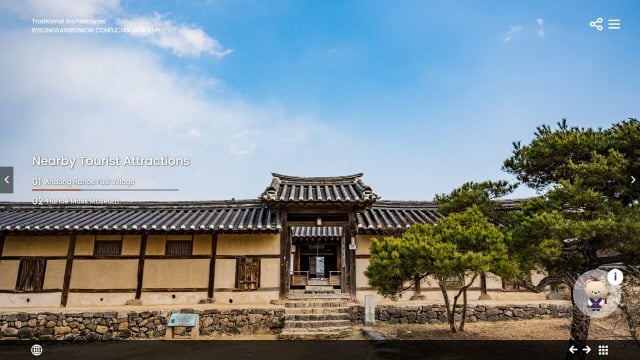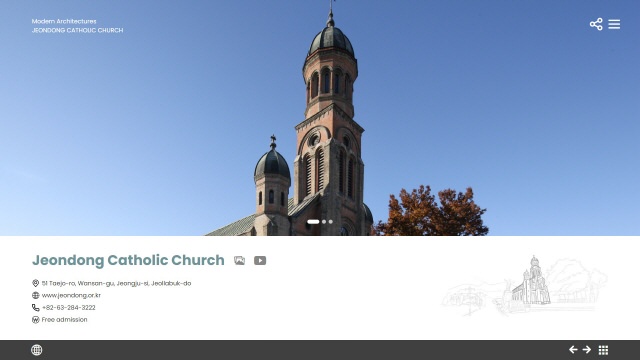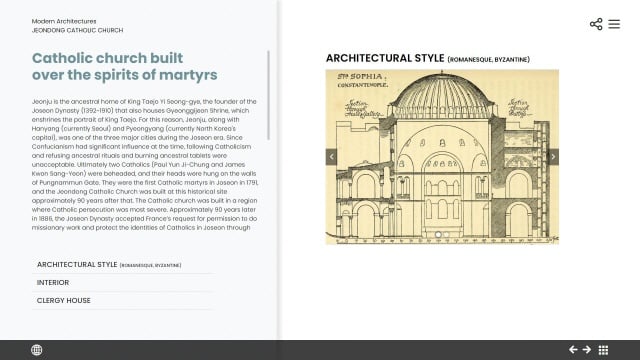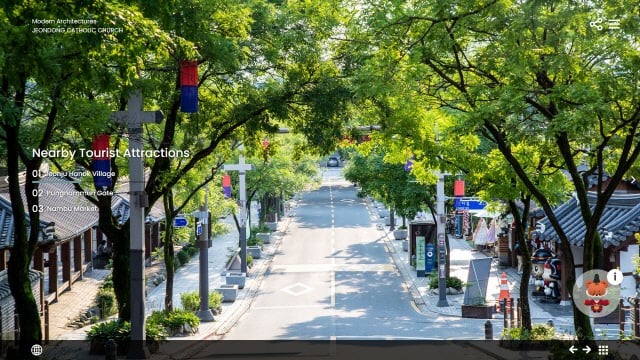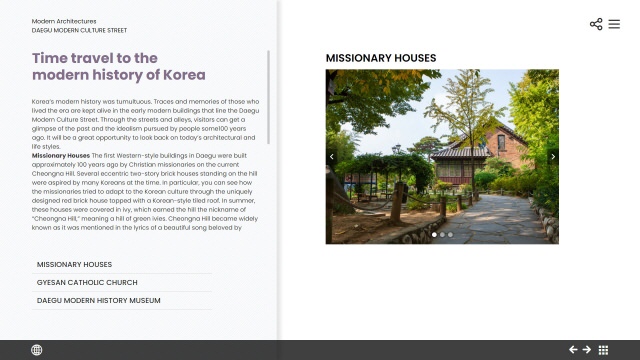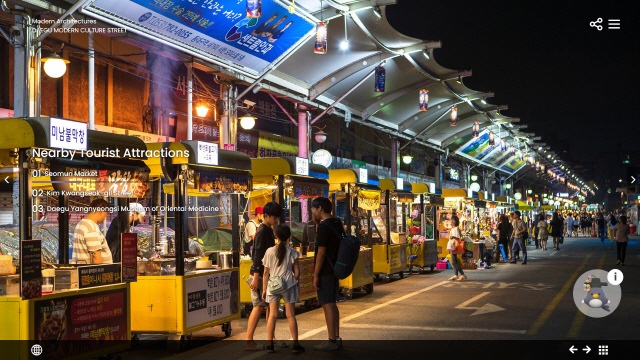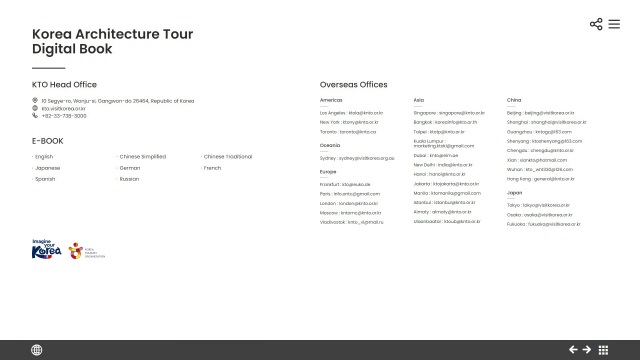11 Heanggung-ro, Paldal-gu, Suwon-si, Gyeonggi-do
09:00~18:00
+82-31-290-3600
1,500won
Fortress armed with beauty and grace
Jeongjo (1752~1800), the 22nd king of Joseon Dynasty (1392~1910), wanted to build a beautiful and elaborate castle that served as an invincible fortress. His desire was accomplished through the Hwaseong Fortress in Suwon, which was later registered as a UNESCO World Heritage site, along with Changdeokgung Palace in 1997. The World Heritage Committee described Hwaseong Fortress as follows: "Buildings within the fortress were all built in different styles, each with its own unique artistic value. Hwasong Fortress is an outstanding example of early modern military architecture, incorporating the most highly developed features of science from both East and West."
Hwaseong Fortress is comprised of a 5.7km-long fortress wall, four gates, and various defense facilities. When construction began in January 1794, the estimated duration was ten years, but the fortress was completed in approximately two years and six months. This was possible thanks to advanced architectural methods based on Silhak*, and fair treatment of architectural engineers. In particular, Silhak scholar Jeong Yak-yong (1762~1836) invented the geojunggi, with which an adult male could lift stones and materials weighing up to 240kg. In addition to the geojunggi, various other construction devices, including the nokno (a machine that could lift heavy objects using the principle of a spinning wheel and a pulley), significantly reduced the workload. Hwaseong Fortress was constructed using seven differently-sized bricks. These bricks were neatly stacked and piled to build strong and beautiful military facilities, such as ongseong and gongsimdon.
Ongseong is a semi-circular protective wall erected in front of the fortress’ gate to fight invaders boasts unique geometrical beauty. Additionally, among fortresses of the Joseon era, Hwaseong is the only one equipped with gongsimdon (observation tower). They served as shelters where soldiers could rest, or hideouts during attacks since it has holes through which soldiers could look out or fire cannons. When seen from the outside, these holes look like unique decorative patterns on the dark brick façade.
Variously designed beautiful pavilions called “gangnu**” were installed throughout the fortress. Among them, Banghwasuryujeong, which resembles a fully bloomed flower, is the most scenic spot that harmonizes with Yongyeon Pond below the fortress wall. A stronghold used to attack enemies is hidden under the pavilion.
As such, Hwaseong Fortress bears both architectural beauty and military strength to protect its people.
*Silhak is a social reformation ideology that emerged around the 18th century, emphasizing reformation and openness.
**gangnu is a pavilion built on the fortress wall to observe enemy movements.
Janganmun Gate
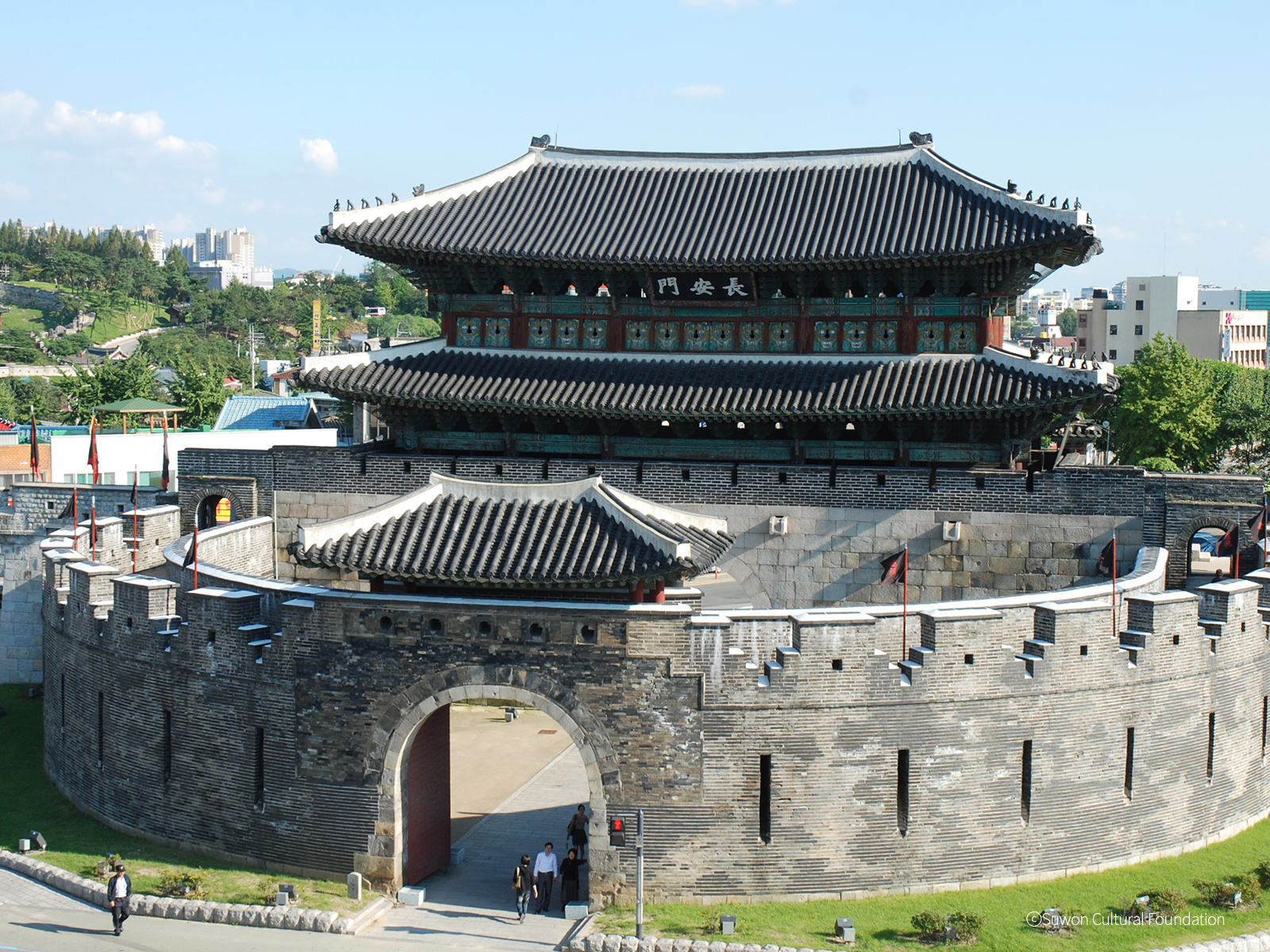
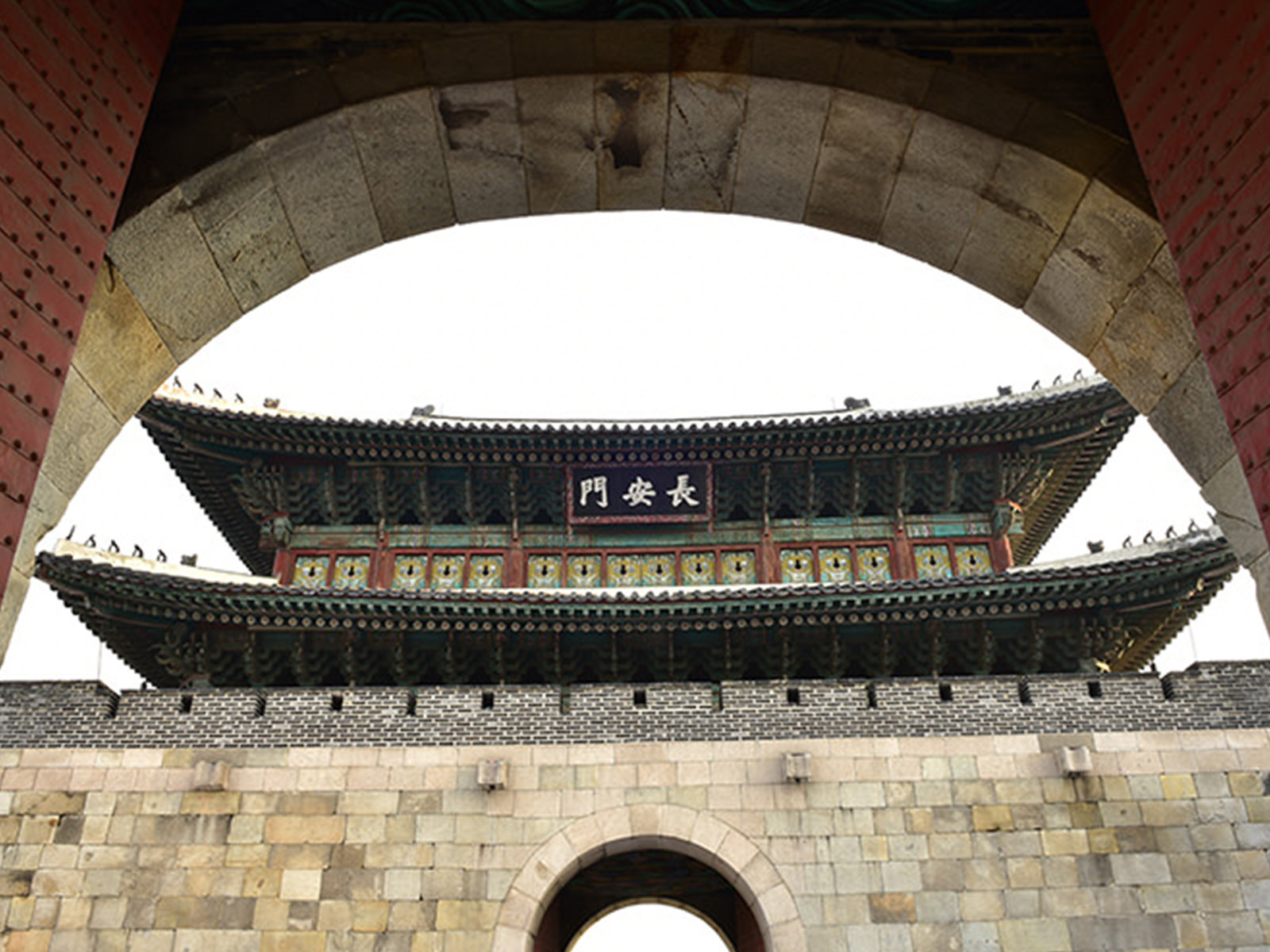
Gongsimdon Watchtower

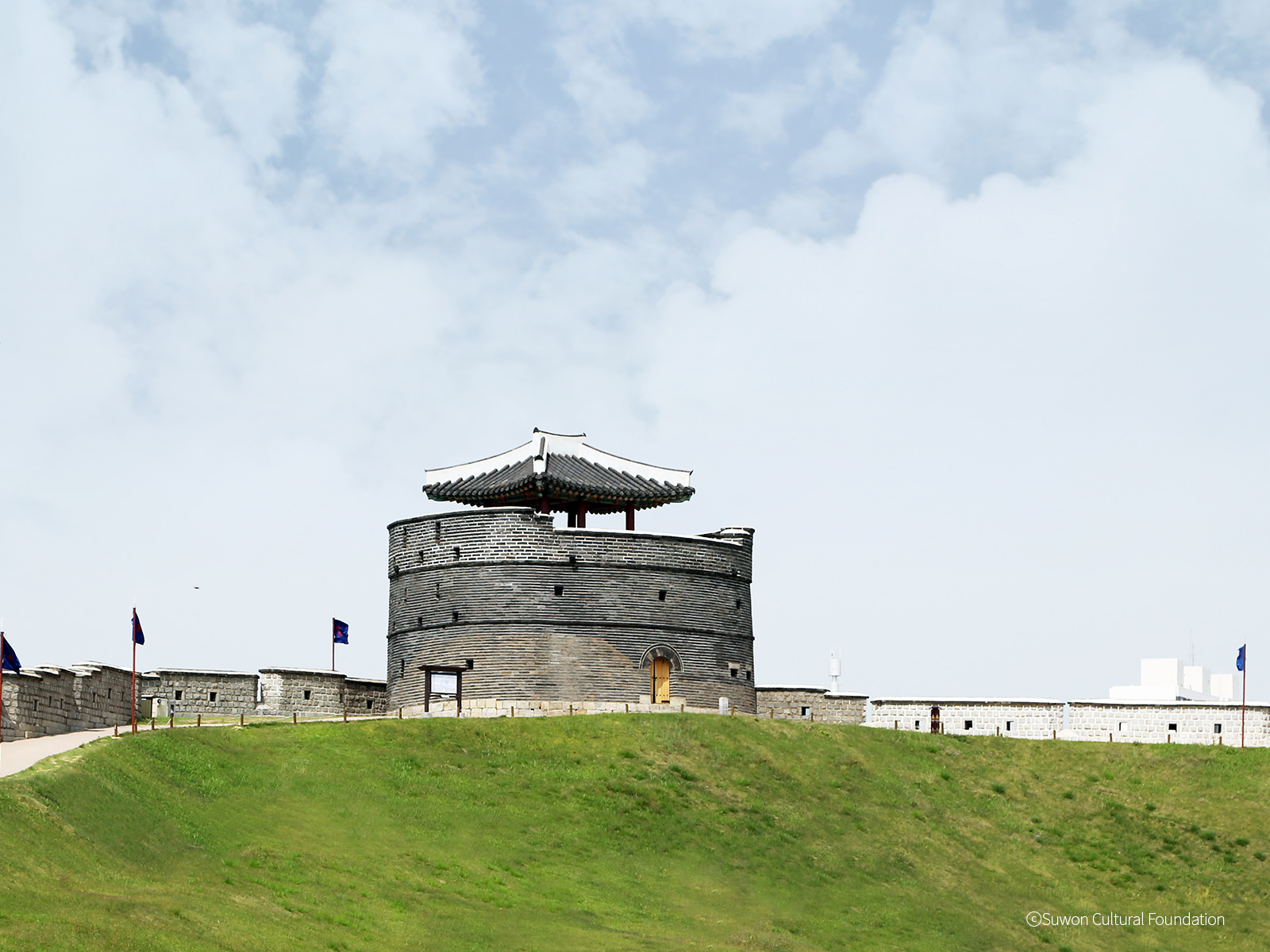
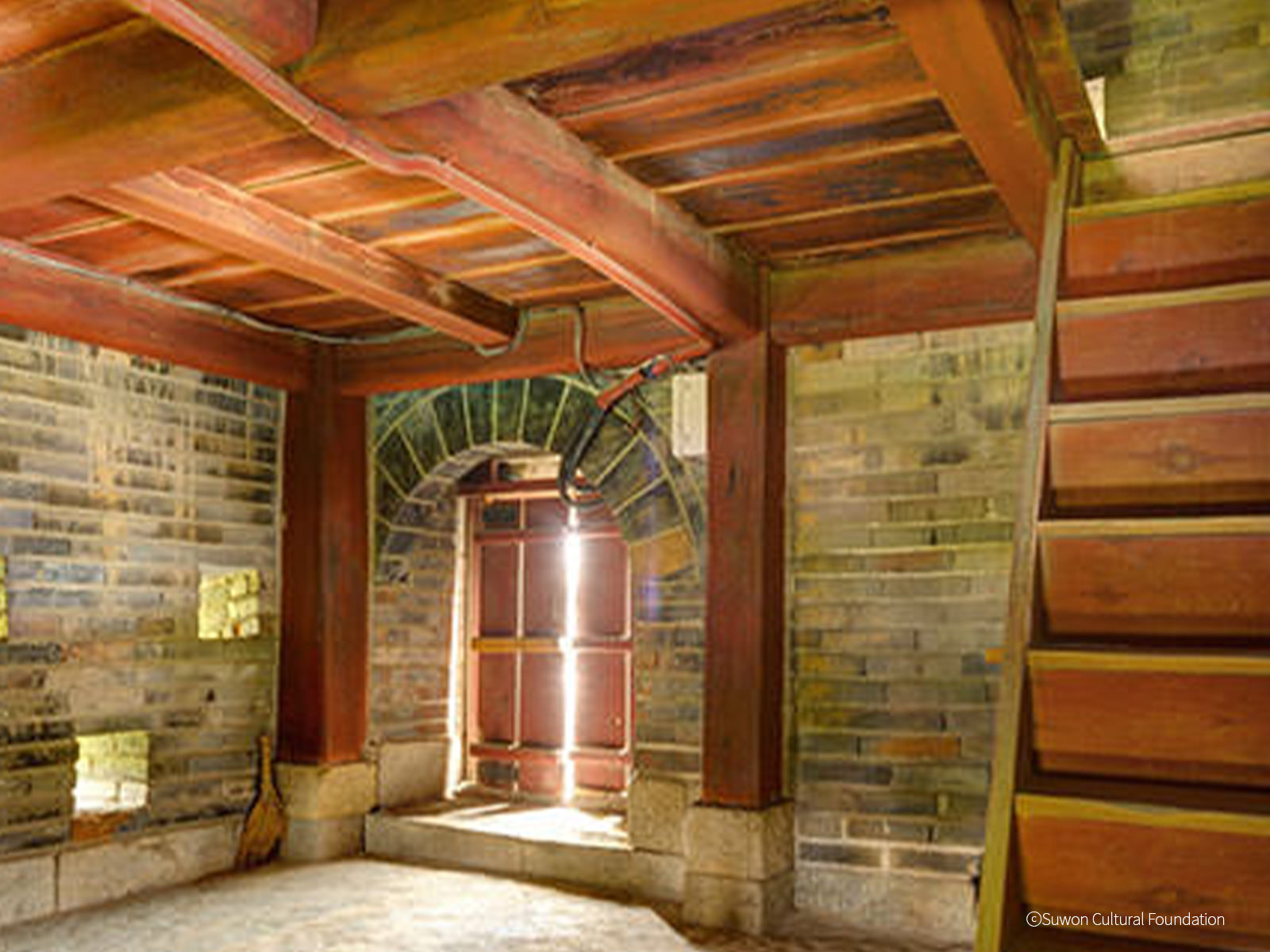
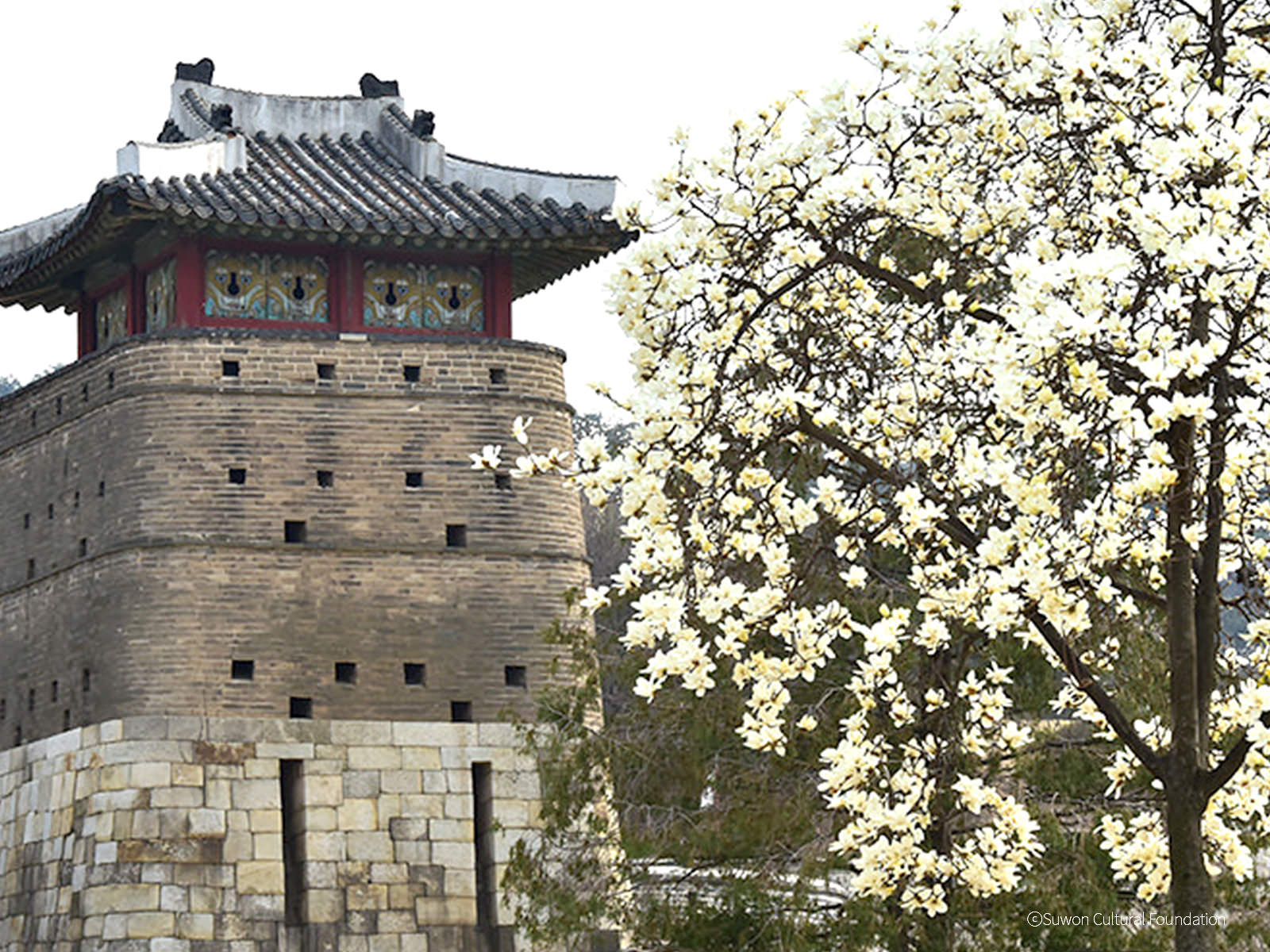
Hwahongmun Gate
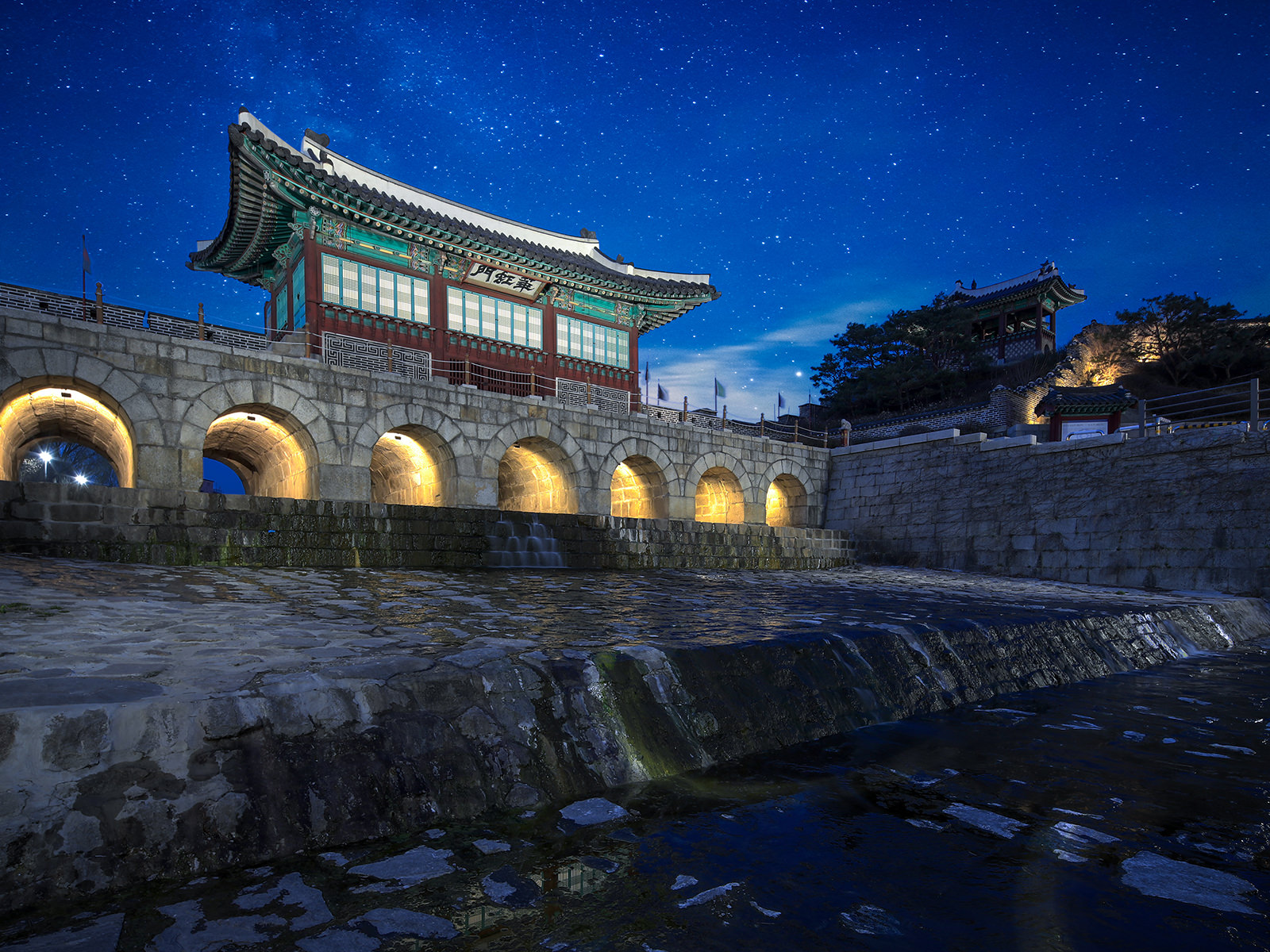
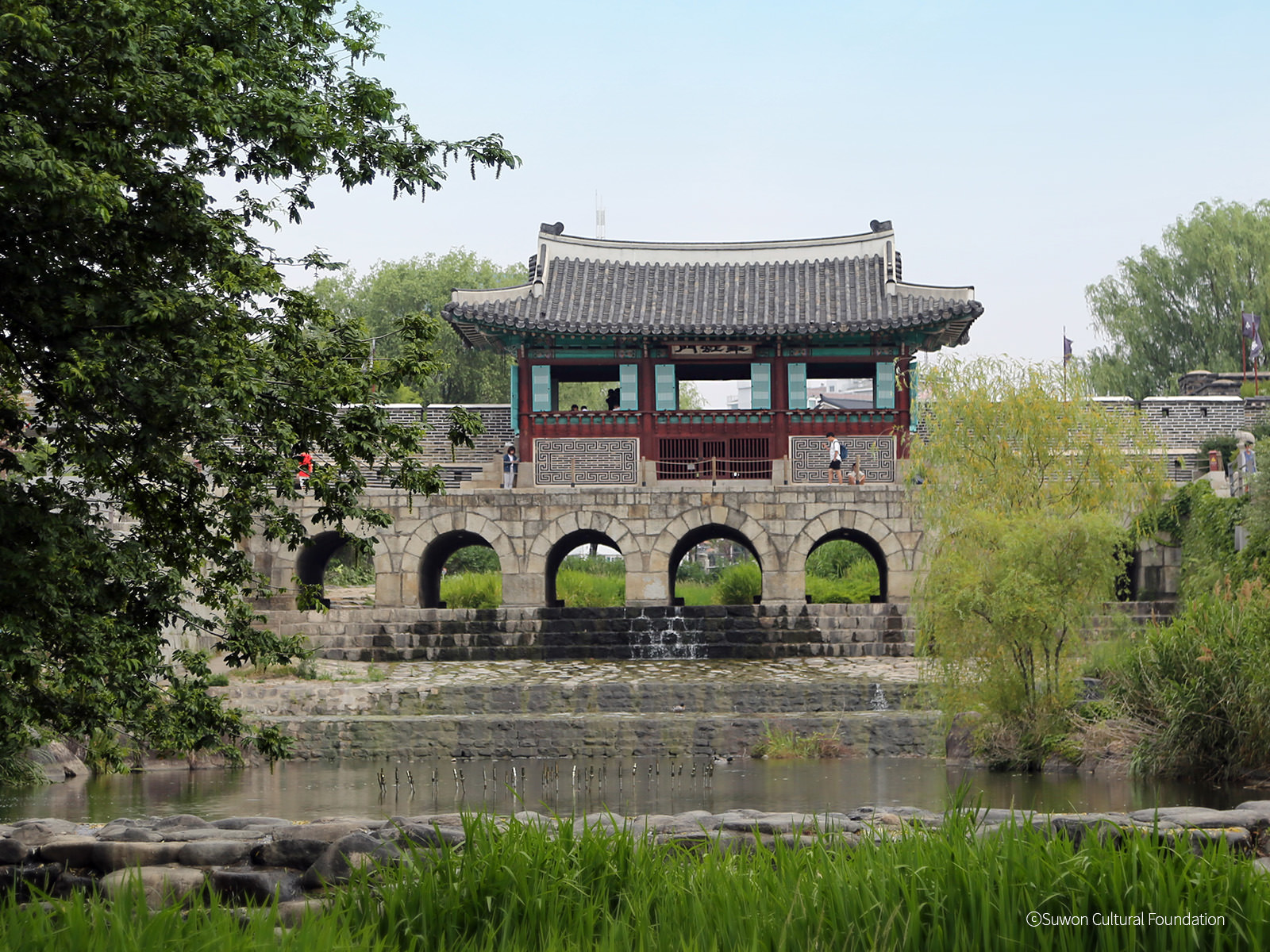
Banghwasuryujeong Pavilion
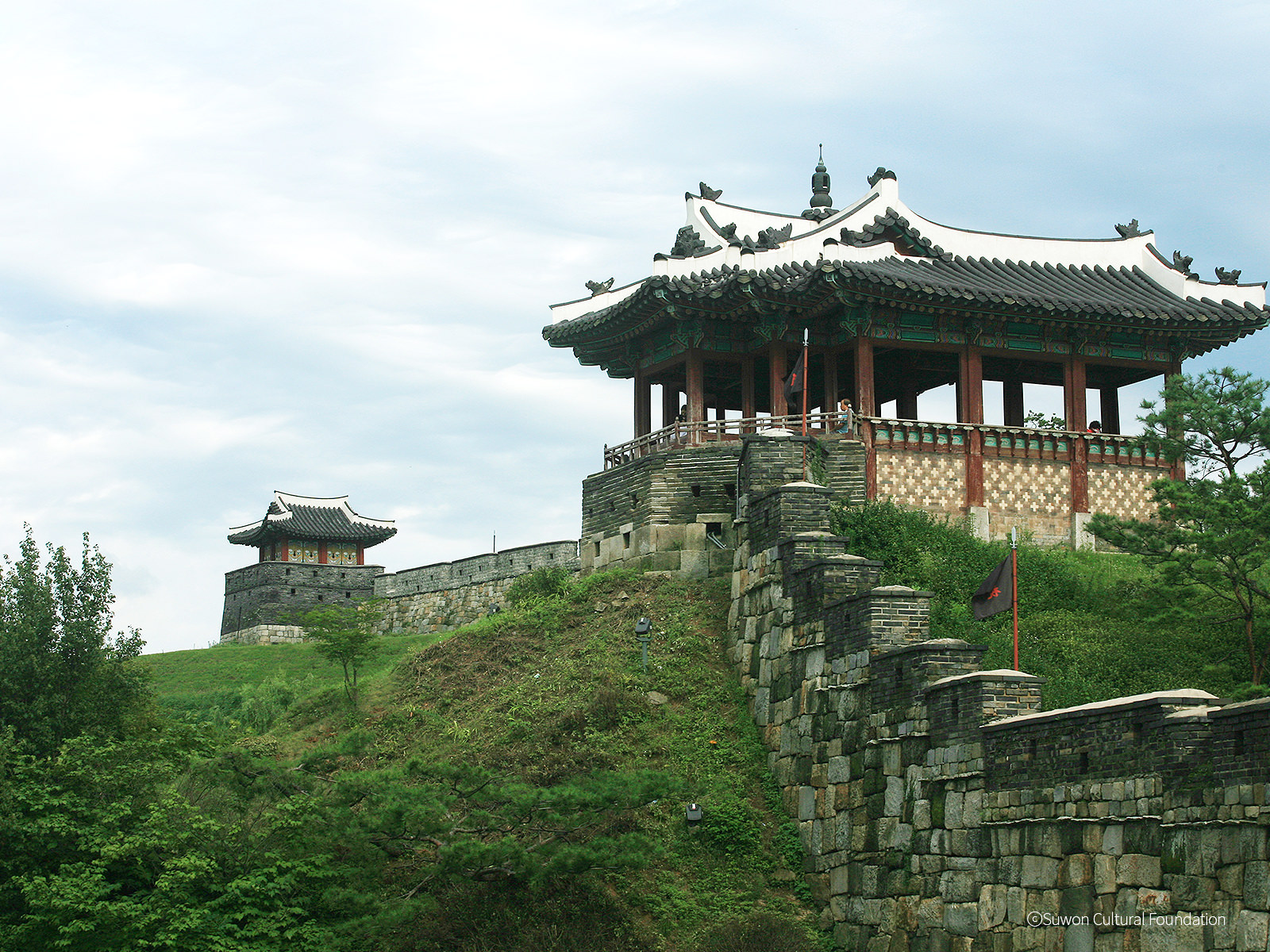
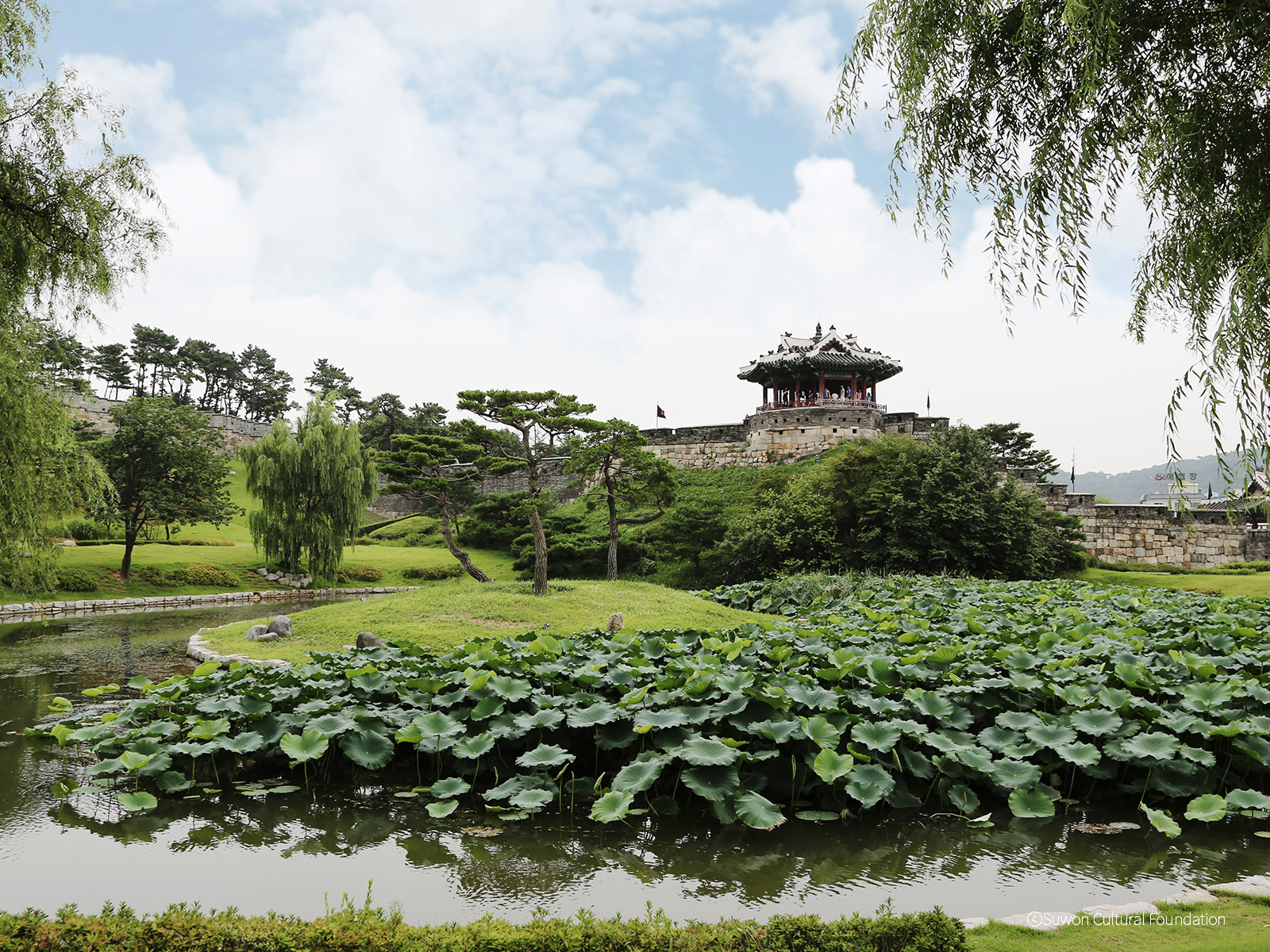
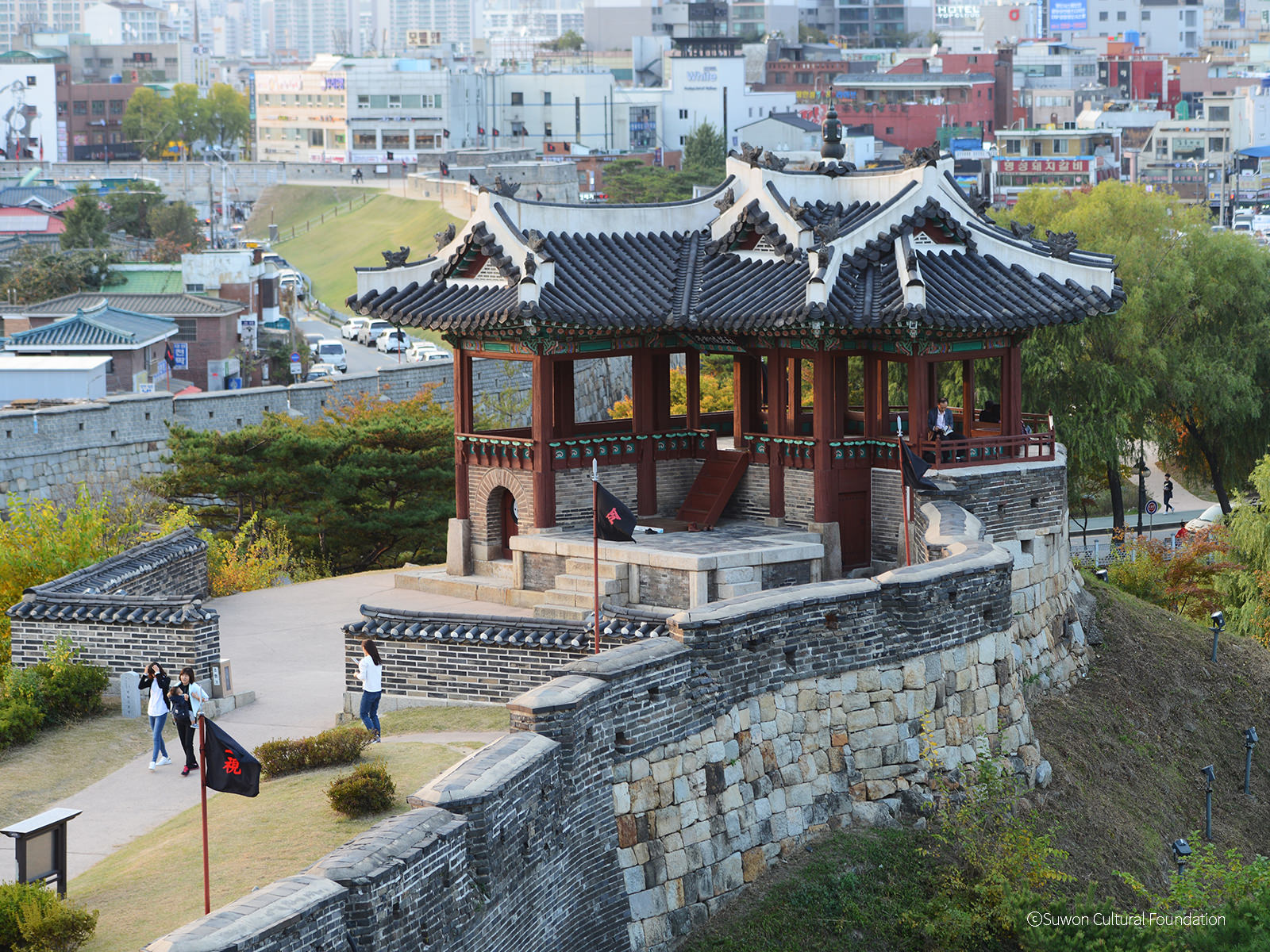
Nearby Tourist Attractions

- 90 Folk Village-ro, Giheung-gu, Yongin-si, Gyeonggi-do
- www.koreanfolk.co.kr
- +82-31-288-0000
- 10:00~18:30
- 32,000won
Nearby Tourist Attractions

- 21 Hyohaeng-ro 481beon-gil, Hwaseong-si, Gyeonggi-do
- royaltombs.cha.go.kr
- +82-31-222-0142
- 09:00~18:00 (Closed on Mondays)
- 1,000won
